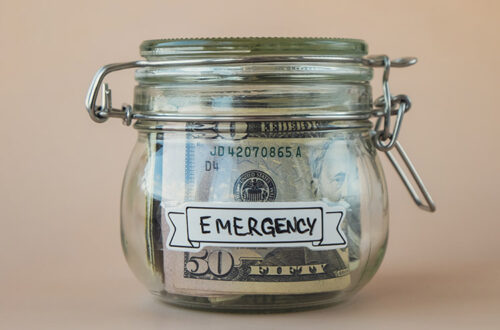Managing personal finances can feel overwhelming, especially with expenses pulling you in different directions. But what if there was a simple and effective way to take control of your money? Enter the 50/30/20 budgeting rule—a practical and easy-to-follow method that helps you balance your spending, savings, and financial goals.
If you’ve been looking for a budgeting strategy that actually works, this guide will break down how the 50/30/20 rule can transform your finances.
What Is the 50/30/20 Budgeting Rule?
The 50/30/20 rule is a budgeting framework that helps you allocate your after-tax income into three main categories:
- 50% for Needs – Essential expenses like rent, utilities, and groceries
- 30% for Wants – Non-essential spending like dining out, entertainment, and travel
- 20% for Savings & Debt – Savings, investments, and debt repayment
This approach provides a balanced way to manage your money, ensuring that you cover necessary expenses while still enjoying life and securing your financial future.
How to Use the 50/30/20 Rule
1. Calculate Your After-Tax Income
Before you can budget, you need to determine how much money you’re working with. Your after-tax income is what’s left from your paycheck after taxes, health insurance, and retirement contributions (if deducted automatically).
For example, if you earn $4,000 per month after taxes, your budget breakdown would look like this:
- Needs (50%) → $2,000
- Wants (30%) → $1,200
- Savings & Debt (20%) → $800
2. Allocate 50% to Needs
Your “needs” category includes essential expenses—things you can’t live without. These typically include:
✅ Rent or mortgage payments
✅ Utilities (electricity, water, internet)
✅ Groceries
✅ Health insurance
✅ Transportation (car payments, gas, public transit)
✅ Minimum debt payments
💡 If your necessities exceed 50% of your income, consider ways to reduce costs—like finding cheaper housing, cutting utility expenses, or refinancing loans.
3. Set Aside 30% for Wants
Your “wants” category includes non-essential expenses—the things that make life enjoyable but aren’t strictly necessary. Examples include:
✅ Eating out at restaurants
✅ Streaming services and subscriptions
✅ Gym memberships
✅ Travel and vacations
✅ Shopping for clothes and gadgets
💡 This category helps you maintain a healthy balance between financial responsibility and enjoying your money. But if you’re in debt, consider cutting back on wants to free up extra cash for savings and repayment.
4. Dedicate 20% to Savings & Debt Repayment
This final category is all about building financial security. Your 20% allocation should go toward:
✅ Emergency fund savings
✅ Retirement contributions (IRA, 401k)
✅ Extra debt payments (beyond minimums)
✅ Investments (stocks, ETFs, real estate)
💡 If you don’t have an emergency fund, prioritize building one with 3-6 months’ worth of expenses before focusing on other investments.
Why the 50/30/20 Rule Works
This budgeting method is simple, flexible, and effective because it:
✅ Prevents overspending – Clear categories ensure you don’t overextend in one area.
✅ Encourages savings – The 20% rule helps you build financial stability.
✅ Allows for guilt-free spending – You can enjoy non-essentials without feeling bad.
✅ Works for any income level – Whether you make $3,000 or $10,000 a month, this rule scales with your earnings.
Final Thoughts: Is the 50/30/20 Budget Right for You?
The 50/30/20 rule is a great starting point for anyone looking to improve their financial health. However, everyone’s situation is different. If you have high debt or expensive living costs, you may need to adjust the percentages—perhaps 60/20/20 or 40/30/30.
No matter how you tweak it, the goal is to create a budget that works for YOU—one that keeps your finances balanced and helps you build long-term wealth.
💬 What’s your biggest budgeting challenge? Share in the comments below!



